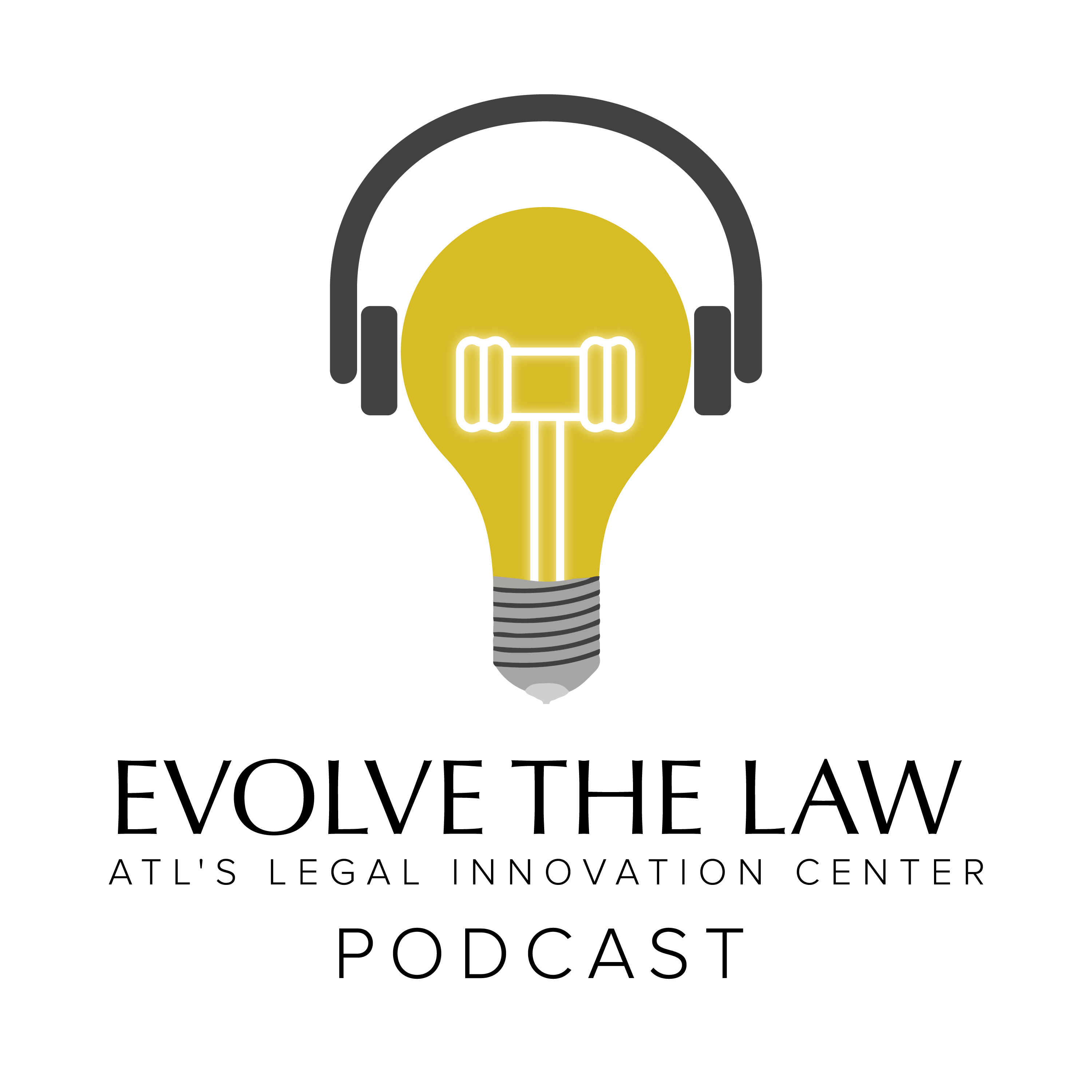
(Photo by Jason Kempin/FilmMagic)
Ahoy matey, any seadog worth their salt knows that Force Majeure is an unforeseeable event like the wind whippin’ up and rippin’ yer sails apart. Shiver me timber, ye want to be sure ye have a clause in yer contracts to protect yerself. If not, ye may end up in the brig!
We hear the hype and fear around GenAI, and, by now, most people know the novelty of explaining something in a pirate’s voice. Most lawyers are also aware of common GenAI pitfalls:
- Don’t put confidential firm or client information into ChatGPT
- Beware of hallucinations
- There are no links to authoritative sources for verification
Last month, I covered how GenAI Is Not Going To Replace Lawyers – But It Will Change How They Work. So what is actually working with GenAI? What is it good for?
Before answering that question, let me address a common pitfall.
Confidential Information — Solved
Organizations can license a private instance of ChatGPT in Microsoft’s Azure cloud service. Doing this allows the application of settings to protect confidential information. Other GenAI vendors offer similar capabilities.
Here are a few examples of what is working with GenAI that address the other two pitfalls.
Large Language Models (LLMs) Are Good At Language
That pirate novelty? It illustrates how good GenAI, especially ChatGPT, is at language.
The ability to express a complex legal concept in the language of a 5-year-old or to explain a legal issue to an executive — ChatGPT can do this.
In your secure instance, prompting ChatGPT to reword a document to better communication is an example of how lawyers can use ChatGPT. Let’s say you want to explain the key legal risks of a contract you’ve drafted to a client. ChatGPT might be a great start. You are familiar with the contract, and you can compare ChatGPT’s output against the authoritative document (i.e., the contract) to ensure accuracy and no hallucinations.
Summarization, Manipulation, And Extraction
Because LLMs are good at language, they can be good at summarizing information from your trusted documents. The key here is to prompt GenAI to summarize. Do you want an executive summary? Key legal issues outlined in bullet format? A table of key facts and figures? Extract the party names and terms of the contract? GenAI can do those tasks well.
Manipulating a document or extracting data will require more scrutiny from a human. Non-GenAI solutions in the market use other techniques to analyze and extract data, so GenAI isn’t the only approach to the extraction problem.
When you prompt an LLM to operate on information within controlled documents, hallucinations can be minimized. David Colarusso, co-director of Suffolk Law School’s Legal Innovation & Technology Lab, developed a series of GenAI prompts he calls “spells” that can perform many tasks along these lines.
Large-Scale Summaries
Summarization is an advancing field. State-of-the-art is no longer putting everything into a context window. AI can perform summaries across bodies of information beyond the capacity of the human brain to process easily. This is where machines excel.
Imagine having to review 50 legal briefs to find the commonalities and the strengths and weaknesses of the arguments. Now imagine doing this in minutes — it’s impossible for a human. But GenAI can summarize each document individually and then perform a summary of summaries. Special purpose applications can be developed to automate tasks like this. Several are on the market right now.
There is a technique emerging for accomplishing large-scale summaries called RAPTOR (Recursive Abstractive Processing for Text Retrieval). RAPTOR solutions address large-scale summarization by creating hierarchies of summaries that a system can search through and summarize across documents.
Retrieval Augmented Generation (RAG)
A common misconception is to think about GenAI as a database. ChatGPT and other GenAI are not databases. They are LLMs that respond to prompts and predict the next word (really a token) in a sequence of output. GenAI creates output from training data through math and probabilities. Probabilities aren’t certainties, so when the LLM predicts the next word incorrectly, it can go down a path of words that makes probabilistic sense but is not true. This is a hallucination. Remember that training data can include information that is not authoritative and can be even outright false.
RAG, on the other hand, involves accessing or searching a controlled data set or a database. Internal law firm documents or material licensed from trusted sources are updated frequently to ensure accuracy. RAG solutions combine GenAI’s mastery of language and summarization with controlled data to get better results that can be more trusted. RAG also avoids retraining an LLM, which is costly. Organizations building GenAI applications to search their own data are using a RAG approach. The leading legal research vendors are using RAG approaches too.
Because RAG accesses a database, it can provide links to the authoritative documents being referenced. Hallucinations can be minimized as prompts are directed to summarize the contents of documents.
RAG solutions can also be designed so you can “chat with your data” using an approach called multi-turn conversation.
Temperature is a GenAI setting that focuses on the randomness and creativity of answers. A higher temperature setting gives more freedom to select lower probability tokens to generate the next word. This increases creativity but also increases hallucinations. A temperature setting of zero requires an LLM to select the highest probability token when developing a response. By using a low temperature setting, a RAG application with multi-turn chat capabilities is less likely to hallucinate.
RAG applications have benefits for lawyers as they can operate from trusted authoritative data, and they can provide citations and references. Hallucinations are minimized, particularly if the applications limit temperature or limit multi-turn functionality.
Embrace Hallucinations As A Feature
The last example of what is actually working with GenAI involves hallucinations. AI hallucinations are viewed as a bug or limitation. The language of ChatGPT is so authoritative sounding that some lawyers have court documents referencing fictitious cases. Lawyers must be careful.
However, if a lawyer is stumped and looking for a fresh legal argument, brainstorming with ChatGPT may help. Prompting ChatGPT to develop a creative argument might result in some wild ideas from hallucinations. Even absurd arguments might spark a new thought process for a lawyer to come up with a legally sound new argument. As long as the lawyer understands what hallucinations are, new arguments might be surfaced.
We are still in the early days of GenAI applications. Lawyers are still learning new ways to use the technology and what is useful. Measuring return on investment and prioritizing efforts are still a work in progress for law firms and law departments alike. AI is going to change the way lawyers work, but that will happen over time. By leveraging the concepts outlined above, perhaps lawyers can begin to achieve some measure of success and evolve their work as AI creates new possibilities.
So speakin like a swashbuckler may seem like a novelty, but yo-ho-ho, ye may just find it useful matey!
 Ken Crutchfield is Vice President and General Manager of Legal Markets at Wolters Kluwer Legal & Regulatory U.S., a leading provider of information, business intelligence, regulatory and legal workflow solutions. Ken has more than three decades of experience as a leader in information and software solutions across industries. He can be reached at ken.crutchfield@wolterskluwer.com.
Ken Crutchfield is Vice President and General Manager of Legal Markets at Wolters Kluwer Legal & Regulatory U.S., a leading provider of information, business intelligence, regulatory and legal workflow solutions. Ken has more than three decades of experience as a leader in information and software solutions across industries. He can be reached at ken.crutchfield@wolterskluwer.com.





